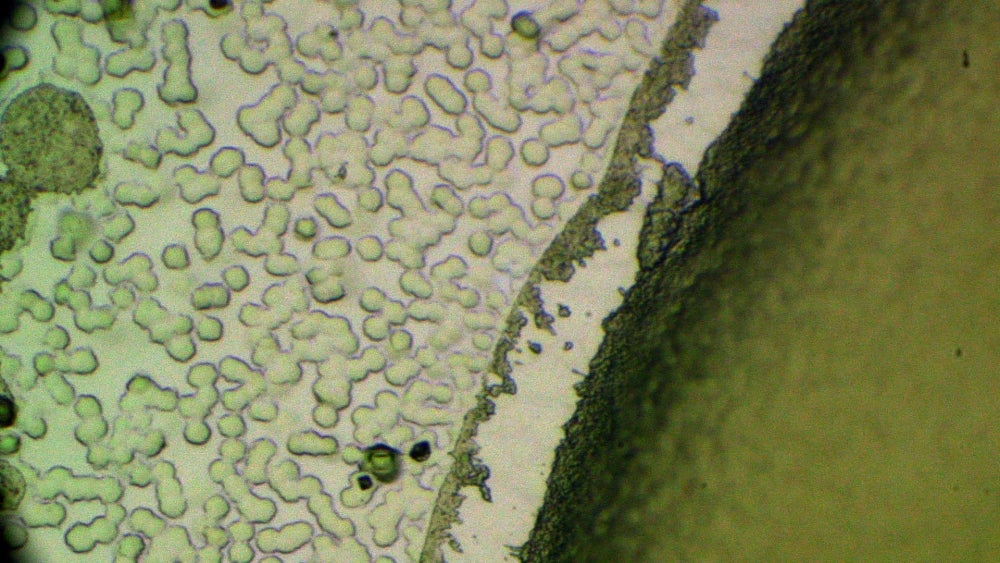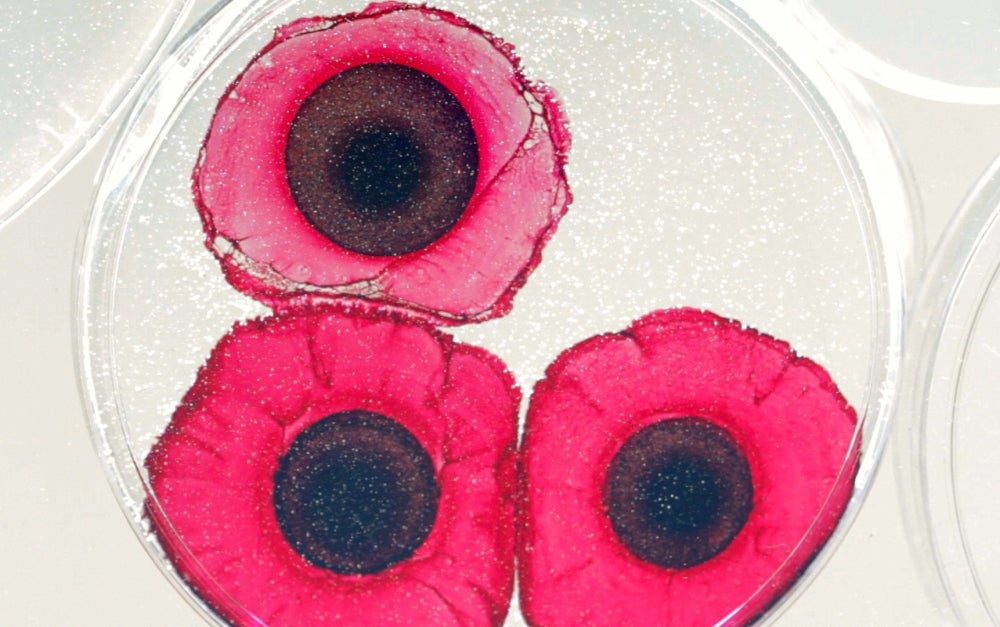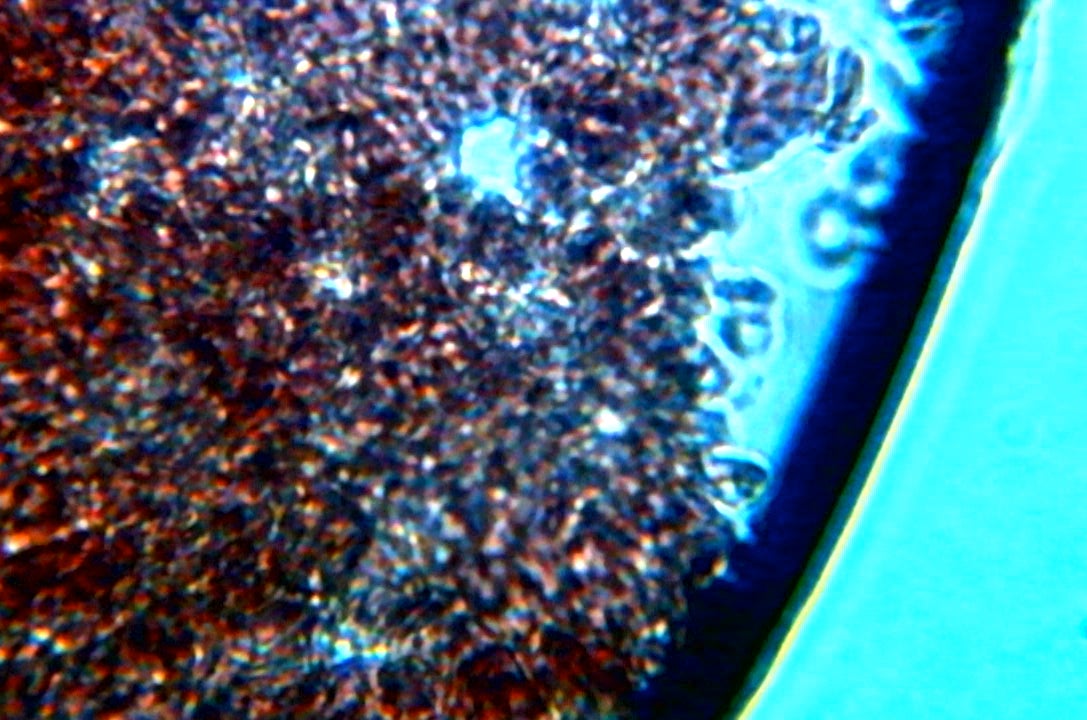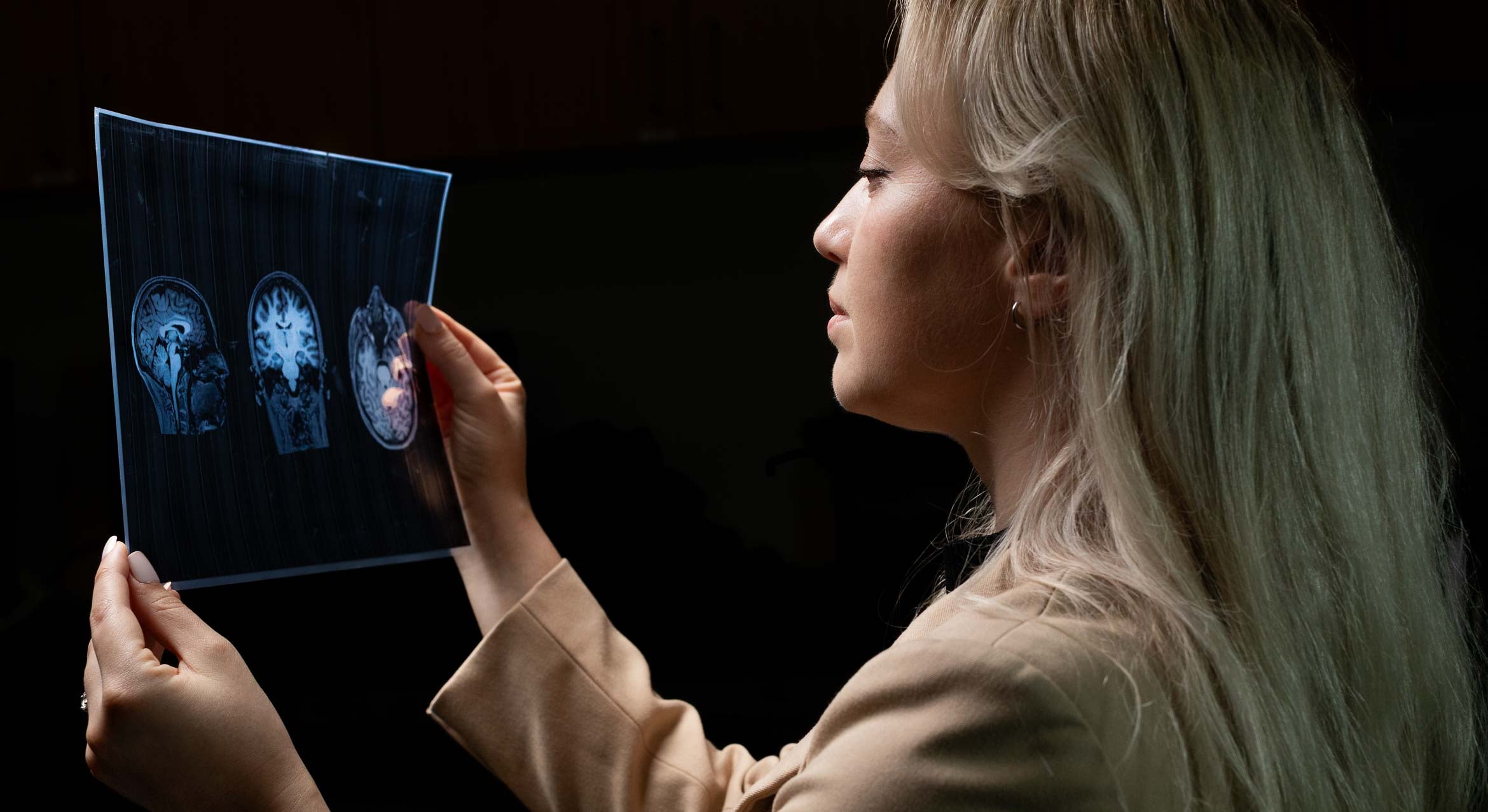All Germs Are Not Created Equal
Antibiotics have revolutionized medicine and had a profound effect on everything from agriculture to the battlefield, where they saved soldiers who used to die more often from noncombat-related infections than they did from their war injuries. Yet today these miracle drugs are not always the panacea they once were.
UC Santa Barbara’s Kavli Institute for Theoretical Physics (KITP) and the Friends of KITP are presenting the documentary “Resistance” at 7 p.m. Aug. 12 at the New Vic Theater in Santa Barbara. The screening is free and open to the public but reservations are required as seating is limited.
A panel discussion before the screening will bring together researchers from medical, biological and physical sciences to delve into the mechanisms and dynamics of drug resistance. The film’s director, Michael Graziano, will participate, and a question-and-answer session will follow.
The 72-minute documentary explores antibiotic-resistant infections and the bacteria that give rise to them. Using microscopic footage, harrowing personal stories and expert insights, the film tells the story of antibiotic resistance, starting from the mass production of antibiotics 70 years ago to the rise of superbugs in the 21st century.
“The film makes a lot of compelling points,” said evolutionary geneticist Daniel Weinreich, an assistant professor at Brown University and a coordinator of “The Evolution of Drug Resistance,” one of KITP’s current programs. “There’s a lot of interesting science, not just biology but also really interesting economic and social dynamics that also seem to influence the process of resistance evolution in microbes.”
Film producers Graziano and Ernie Park, the duo behind Nashville-based Uji Films, also made the movie “Lunch Line” about the National School Lunch Program. Through the process of making and touring that film, the pair learned a lot about public health and became acquainted with a number of agriculture and public health advocacy groups.
“Through that work, we started hearing about MRSA infections in school locker rooms, day-care centers and the like,” Graziano said. MRSA is methicillin-resistant Staphylococcus aureus, a resistant form of staph responsible for several difficult-to-treat infections in humans. “At the same time we also started hearing about the overuse of antibiotics on farms. I decided to look more into the issue and was shocked by what I learned. I thought the problem deserved a closer and more generally accessible examination than I could find at the time.”
Pre-movie panel members include Alex Sigal, an assistant investigator at the Kwazulu-Natal Research Institute for Tuberculosis and HIV in Durban, South Africa, who is working to understand the reservoirs of infection that cause the persistence of HIV and tuberculosis at the cellular level; Celia Schiffer, whose lab at the University of Massachusetts Medical School is exploring a new paradigm for drug design that minimizes chances of resistance; and Michael Mwangi, a clinical assistant professor of biochemistry and molecular biology at Pennsylvania State University, who is trying to unravel the mechanisms of antibiotic resistance in MRSA as well as several other important bacterial pathogens. All three are participating in the KITP program on drug resistance.
“Resistance is a huge and hugely complex problem and it can seem overwhelming,” Graziano said. “Antibiotics are a precious resource that we must preserve, replenish and stop taking for granted. For personal health, the health of our loved ones and our communities we must reduce as much unnecessary exposure to antibiotics as possible.”
According to KITP Deputy Director Greg Huber, many people are surprised to learn that theoretical physicists are interested in resistance as a general phenomenon and even more astonished that theoretical physics could contribute to understanding the problem of antibiotic resistance.
“One has to admit that it sounds a bit like a Michael Crichton novel,” Huber said. “But this is precisely why the KITP is bringing this discussion and documentary to Santa Barbara. We’re doing it now because of the concentration of scientists actively working in this area who have gathered here for our Superbugs program.
“It’s very appropriate for the KITP to sponsor this event because of our commitment to programs and conferences in biological physics,” he added. “We have played no small part in elevating and focusing the biophysical field and developing it to the point where a synergy between physics and biomedicine is really possible and not just the stuff of science fiction.”






